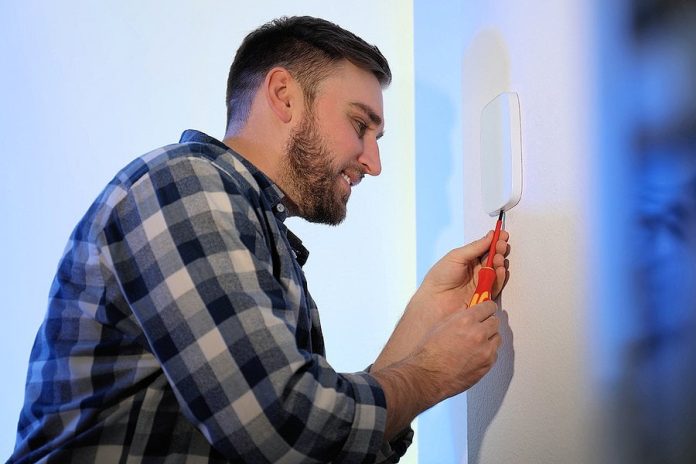Before any electronic security equipment is installed technicians should check to ensure there’s been no damage caused by shipping and the same checks should take place during system commissioning – this applies doubly to delicate sensors.
These pre-commissiong checks will reduce false alarms and expensive callouts to rectify faults that should have been picked up before installation teams packed gear for site. Take a close look at sensor components, lens fitment and electrical connections of all kinds. More complex sensors will need a more studied examination. With hgih end gear, it’s worth powering sensors up on a test zone on the work bench before installation.
Once you’re on site ensure any active motion detection transducers are installed firmly on vibration-free surfaces. Another important point is to ensure that sensitivity is never pre-adjusted to such extremes the detector is prey to picking up environmental disturbances.
Sensors are especially likely to be tuned too highly on large sites when the preferred technology is not available due to budget constraints. When setting sensitivity make sure the sensor is positioned and tuned to allow the best possible performance in a worst-case environment – never overextend a sensor in perfect installation conditions.
Every sensor enclosure should have tamper protection and any units located externally should be installed in weatherproof enclosures with boards conformal coated. You’ll also need to think about the impact of bugs, which like cuddling up to low power circuits in which resistance creates warmth. Providing shade will be another issue – use the built environment if you can and custom protection if you can’t.
Care should also be applied to installation of the cable plant with all cabling meeting the Australian Standard, and cable buried or carried too high to be deliberately or accidentally damaged. External zones should be no greater than 300m to allow better response and maintenance, especially in complex internal applications where chasing wiring may one day become an archeological exercise.
#sen.news #SEN #SENnews #security #electronics









